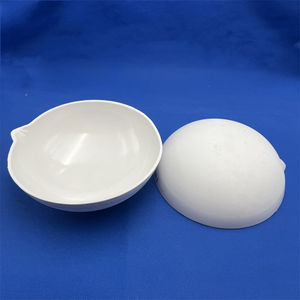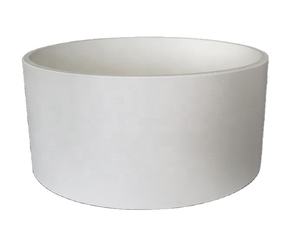Discover Premium Ceramic Products | Durability & Elegance United | Advanced Ceramics
PRODUCT PARAMETERS
Description
Introduction to Quartz Ceramic Products
Quartz ceramic, also known as fused quartz ceramic or pure silicon ceramic, is an advanced ceramic material made of pure silicon dioxide (SiO₂). It is made by melting high-purity quartz sand at high temperature and then cooling and solidifying it. It has unique physical and chemical properties, making it an ideal choice for many high-tech applications. Quartz ceramic products are widely used in semiconductor manufacturing, optics, electronics, chemical industry and high-temperature industries.
Characteristics and advantages of quartz ceramics
Extremely high thermal stability: Quartz ceramics can remain stable under extreme temperature conditions. They are not only resistant to high temperatures, but also show excellent thermal shock resistance in rapid temperature changes.
Low thermal expansion coefficient: Due to its low thermal expansion coefficient, quartz ceramics have good dimensional stability when the temperature changes and are not easy to deform or crack.
Excellent electrical insulation: Provides excellent electrical insulation performance and is suitable for applications requiring high voltage isolation.
High transparency: It has good light transmittance in a wide band from ultraviolet to infrared, and is particularly suitable for applications such as optical windows and lenses.
Chemical stability: Excellent resistance to most acids, alkalis and other corrosive substances, and almost unaffected by other chemicals except hydrofluoric acid and phosphoric acid.
Mechanical strength: Although quartz ceramic is not as hard as some other types of ceramics, it still has enough mechanical strength to meet the needs of many application scenarios.
High UV transmittance: It has high transmittance in the ultraviolet region, which makes it very useful in UV curing equipment and UV spectrometers.
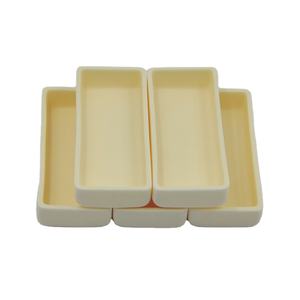
(China Ball Mill Machine Laboratory Ceramic Ball Mill for Quartz Limestone Cement)
Specifications of China Ball Mill Machine Laboratory Ceramic Ball Mill for Quartz Limestone Cement
The China Ball Mill Machine Laboratory Ceramic Ball Mill is designed for grinding materials like quartz, limestone, and cement in laboratory settings or small-scale production. It handles dry and wet grinding methods, making it suitable for research, quality control, and material testing. The machine processes hard, brittle materials into fine powders efficiently.
The ball mill features a durable ceramic drum resistant to wear and corrosion. The drum capacity ranges from 500ml to 10 liters, accommodating different batch sizes. The motor power varies between 0.75 kW and 3 kW, depending on the model. Rotation speed is adjustable from 50 to 300 RPM, allowing precise control over grinding fineness. A digital display shows real-time speed adjustments.
Safety mechanisms include overload protection and a sturdy base to minimize vibrations during operation. Noise levels remain low, ensuring a comfortable lab environment. Ceramic liners and grinding balls prevent metal contamination, critical for chemical or mineral processing. The final particle size can reach below 10 microns, meeting strict industry standards.
The machine uses high-quality alumina ceramic for internal components, ensuring long service life. Stainless steel frames provide structural stability. Sealed design prevents material leakage during grinding. The compact size saves workspace, with dimensions typically under 1.5 meters in length. It weighs between 80 kg and 250 kg, depending on capacity.
Electrical requirements include 220V or 380V power supply, compatible with most lab setups. Maintenance is simple, with easily replaceable parts like ceramic liners and belts. The grinding chamber is accessible for quick cleaning.
This ball mill suits industries such as mining, construction, and ceramics. It aids in sample preparation, alloy grinding, and new material development. Users benefit from consistent results, reduced energy use, and minimal downtime. The design prioritizes user safety and operational ease, with clear instructions for setup and calibration.
Applications extend to universities, industrial labs, and quality assurance departments. It processes materials for analysis, product testing, or small-batch production. The machine’s reliability makes it a practical choice for repetitive tasks. Its compatibility with abrasive materials ensures versatility across projects.
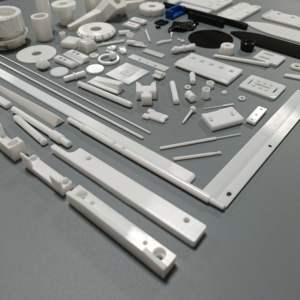
(China Ball Mill Machine Laboratory Ceramic Ball Mill for Quartz Limestone Cement)
Applications of China Ball Mill Machine Laboratory Ceramic Ball Mill for Quartz Limestone Cement
The China Ball Mill Machine is a laboratory ceramic ball mill designed for grinding materials like quartz, limestone, and cement. It processes these materials into fine powders for industrial or research purposes. The machine uses ceramic linings and grinding media to prevent contamination. This is important for maintaining material purity in sensitive applications. The ceramic parts resist wear and last longer than metal alternatives.
The ball mill works by rotating a chamber filled with grinding media and raw material. The movement crushes particles through impact and friction. Users adjust rotation speed and grinding time to control particle size. This flexibility suits different material types and research needs. The compact design fits easily in lab spaces or small production areas.
This machine is ideal for labs testing material properties. Industries like mining use it to analyze ore samples. Construction sectors rely on it for cement quality checks. Research institutions apply it in experiments requiring precise grinding. The ceramic construction ensures no chemical reactions alter sample integrity.
Operators benefit from simple controls and low maintenance. The motor runs quietly and consumes minimal power. Safety features include overload protection and secure lid locks. These prevent accidents during operation. The sturdy frame reduces vibrations for stable performance.
Technical specifications include variable speed settings and adjustable grinding cycles. Digital displays help monitor time and speed. The machine handles both dry and wet grinding. This versatility meets diverse processing requirements.
Durability is a key advantage. Ceramic components resist corrosion and high temperatures. Users save costs on frequent replacements. The design allows easy cleaning between batches. This prevents cross-contamination in multi-material labs.
Industries value the machine’s role in product development. It aids in creating uniform mixtures for ceramics, paints, and coatings. Consistent particle size improves end-product quality. The lab-scale efficiency supports small-batch testing before large-scale production.
Reliable performance makes this ball mill a practical choice. It bridges the gap between research and industrial processes. Users achieve accurate results with minimal operational complexity. The machine’s design prioritizes functionality and safety for everyday use.
Company Introduction
Advanced Ceramics founded on October 17, 2014, is a high-tech enterprise committed to the research and development, production, processing, sales and technical services of ceramic relative materials and products.. Since its establishment in 2014, the company has been committed to providing customers with the best products and services, and has become a leader in the industry through continuous technological innovation and strict quality management.
Our products includes but not limited to Silicon carbide ceramic products, Boron Carbide Ceramic Products, Boron Nitride Ceramic Products, Silicon Carbide Ceramic Products, Silicon Nitride Ceramic Products, Zirconium Dioxide Ceramic Products, Quartz Products, etc. Please feel free to contact us.(nanotrun@yahoo.com)

Payment Methods
T/T, Western Union, Paypal, Credit Card etc.
Shipment Methods
By air, by sea, by express, as customers request.

5 FAQs of China Ball Mill Machine Laboratory Ceramic Ball Mill for Quartz Limestone Cement
What is a laboratory ceramic ball mill? This machine is designed for grinding materials into fine powder in labs or small production setups. It uses ceramic liners and grinding media. It processes quartz, limestone, cement, and similar hard or brittle materials. The ceramic parts reduce contamination. This makes it ideal for industries needing pure end products.
Why choose ceramic liners over steel? Ceramic resists wear better than steel. It lasts longer under constant grinding. Ceramic prevents metal particles from mixing into samples. This is critical for chemistry or material science work. Steel liners might add impurities. Ceramic avoids this.
What materials can this ball mill handle? It works for quartz, limestone, cement, ceramics, and ores. Hardness matters less because ceramic grinding media adapt. It suits dry and wet grinding. Particle size adjusts by changing grinding time or media size.
How to maintain a ceramic ball mill? Clean it after each use to prevent material buildup. Check ceramic liners and balls for cracks. Replace worn parts quickly to avoid uneven grinding. Lubricate moving parts regularly. Follow the manual for motor and gear care.
What makes this mill better for labs? Its compact size fits lab spaces. Ceramic parts ensure contamination-free results. Noise levels are lower than industrial mills. It offers precise control over grinding fineness. Labs value consistency. This machine delivers repeatable outcomes.
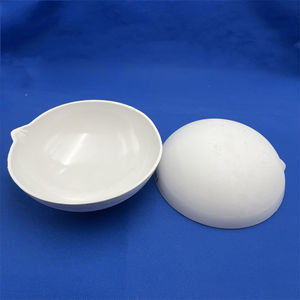
(China Ball Mill Machine Laboratory Ceramic Ball Mill for Quartz Limestone Cement)
REQUEST A QUOTE
RELATED PRODUCTS
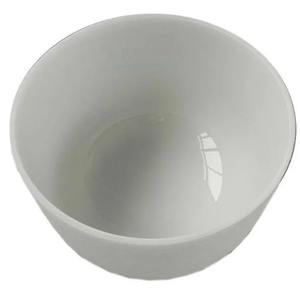
Infrared CNC Bridge Saw Cutting Machine Machining Center for Quartz Stone Rock Slab Ceramic Plate DTQ-600
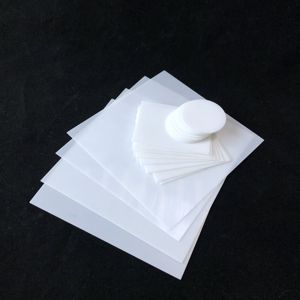
Ceramic Ball Mill Machine Widely Used in Gold Ore Copper Ore Granite Iron Ore Coal Cement Limestone Bauxite Basalt Quartz
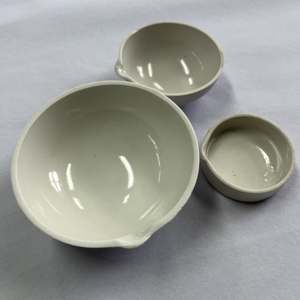
Quartz Ceramic Gold and Silver Melting Dishes Ceramic Bowl
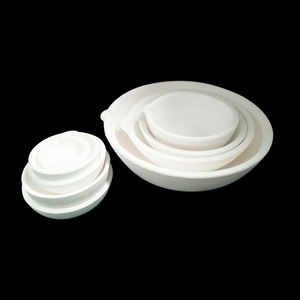
High Grade Quartz Powder (0-100 Micron) SiO298%min for Ceramic Adhesives
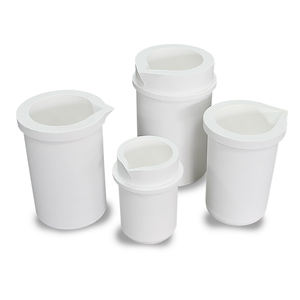
Custom Showroom Decoration Materials Floor Wall Board Marble Quartz Stone Slab Roof Ceramic Tiles Wooden Display Rack Stand
